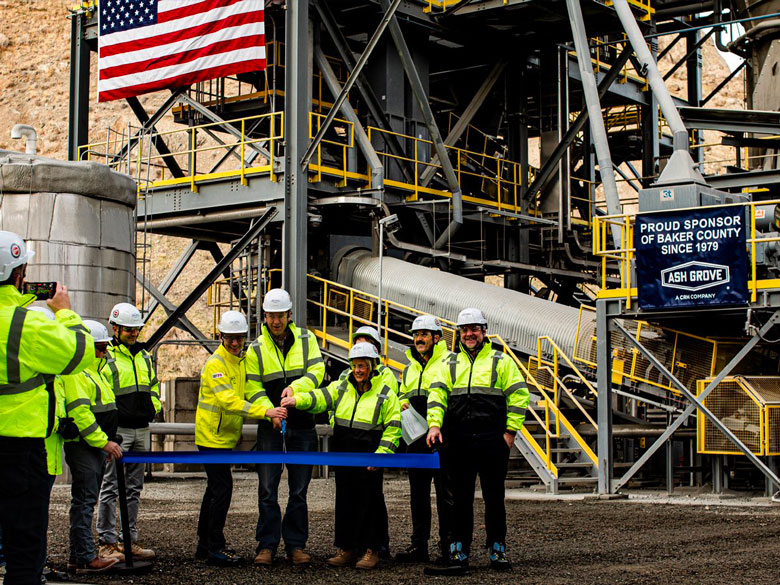Cement Association of Canada (CAC) President and CEO Adam Auer made the following statement in response to the government’s Fall Economic Statement:
“We welcome the Government of Canada’s commitment to seizing the opportunities provided by a net-zero economy. The Fall Economic Statement (FES) is the clearest articulation yet that Canada understands its competitiveness through this economic transition will depend on attracting its share of clean growth capital into critical technologies, including carbon, capture, utilization and storage (CCUS) and green hydrogen. With the Inflation Reduction Act (IRA) and similar measures around the globe, the competition for that capital has grown significantly more intense.
“Despite Canada’s laudable early efforts to support the overwhelming costs of deploying first-commercialization technologies like CCUS, Canada risks falling behind the leapfrogging ambition of the U.S. incentives for clean technologies, which are already drawing significant attention and investment south of the border,” Auer said. “Additionally, Buy Clean policies better position U.S. companies vis-à-vis their Canadian counterparts by creating demand for lower carbon materials and domestic green supply chains. In a nutshell, our largest trading market has managed to build a strong incentive package to invest in expensive technology (i.e. CCUS) while increasing demand for the end-product (i.e. low carbon concrete).”
He continued, “We are pleased to see a very clear commitment to respond to the IRA in the FES, to ensure Canada remains a first choice for the trillions in private capital waiting to be invested in clean technologies around the world. In combination with existing supports like the Net Zero Accelerator and Investment Tax Credits for CCUS and other clean technologies, the establishment of the Canada Growth Fund and its use of innovative financial tools, such as Carbon Contracts for Difference (CCfDs), has the potential to close the gap with the IRA and help Canada’s industrial sectors thrive in a competitive global green economy.
“As the second-most used material in the world after water, concrete has unsurpassed characteristics of strength and durability, all while standing up to the increased pressures of climate change. Our industry remains steadfast in its commitment to lead in tackling climate change and achieving net-zero while supporting jobs in communities across Canada,” Auer concluded.



